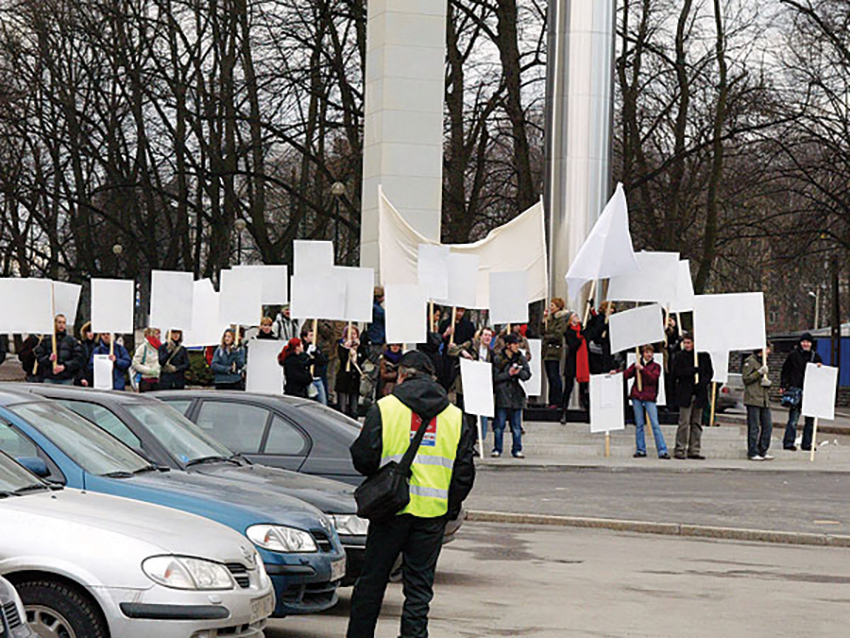Place and Interventionist Art
An analysis of interventionist public art based on interventions in Freedom Square in Tallinn, Estonia
In the paradigm of modernist avant-garde art after WWII, public art became
secondary in status. It was considered to be synonymous with compromise,
dilution and dependency. Popular public spaces were left for corporate or
communal sculptures, while the emerging land art moved into the periphery – onto
the ranches of eccentric patrons and unpopulated salt lakes.
The interventionist avant-garde, such as groups like the Situationist
International, with all its commitment to intervene in public life, also treated
the wider public or community as a passive object, the least meaningful part of
an artistic venue. One could say that in public art the public has for a long
time been seen rather as an obstacle. This kind of thinking slowly began to
change in the 1980s. The concept of space as a producer of social order
rehabilitated public art by positioning it, in a number of ways, back in the
pioneering fringe of the avant-garde.

*
Tags: public art, interventionist art, tactical media, Henri Lefebvre, Michel de Certeau
Studies on Art and Architecture 23/1-2
30 pages